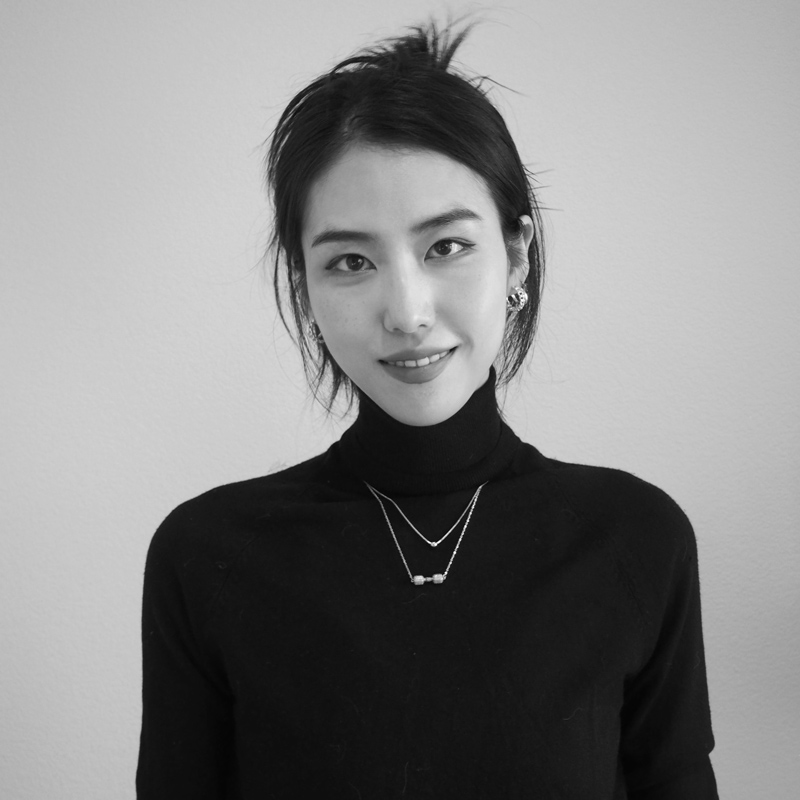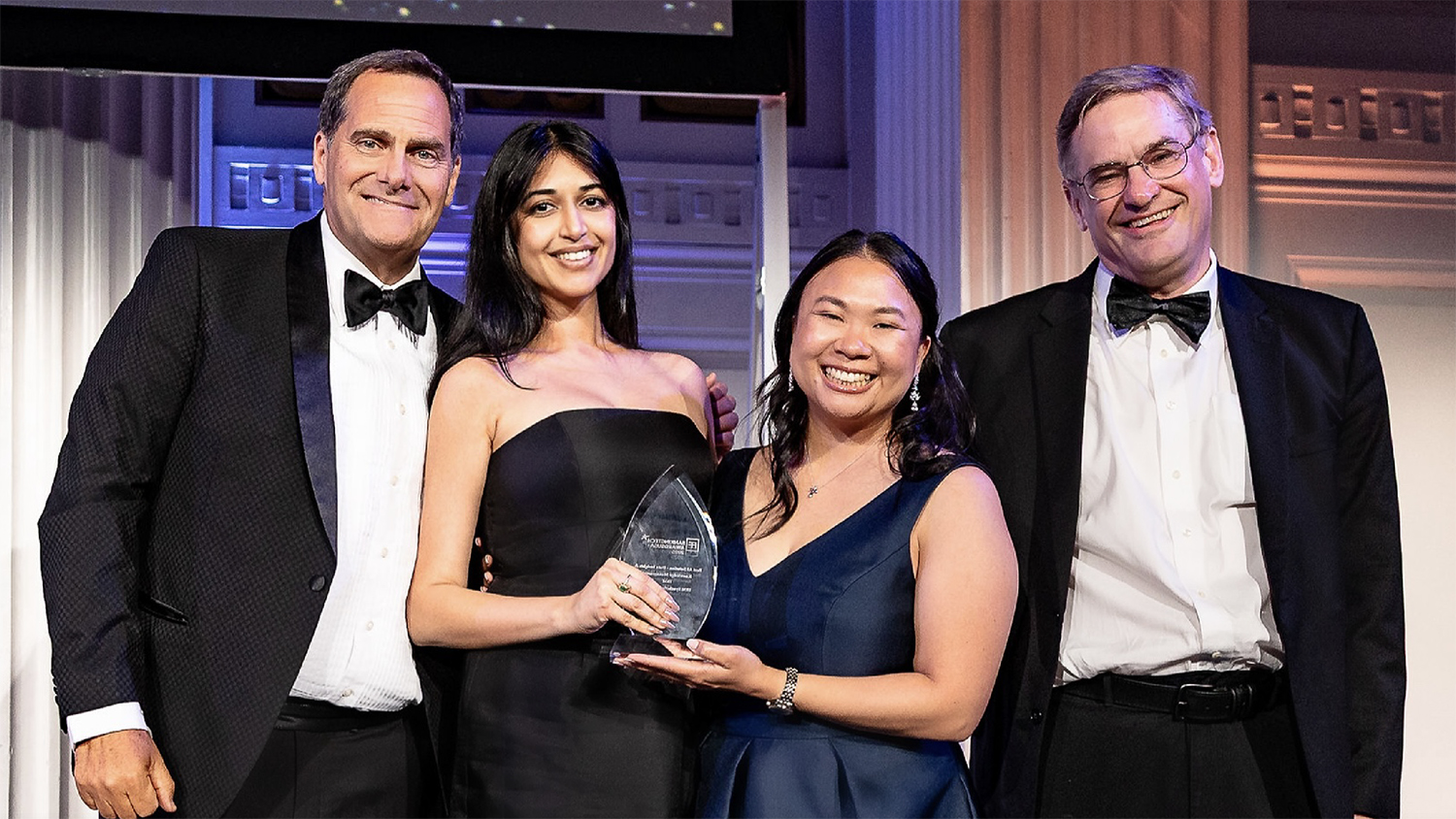As we showcase new faculty, we are excited to highlight Yuanqing “Ching” Tian, an Assistant Professor of Industrial Design at North Carolina State University. With over 11 years of design experience, Ching’s research focuses on custom-fit wearable product design, leveraging 3D scanning technologies, parametric design, and digital fabrication. Her work aims to improve human health and wellness while promoting diversity and inclusion in design. Ching is passionate about exploring human-centered design opportunities through emerging technologies and enhancing ergonomics for diverse populations.
Q1: Can you share a bit about your background and what led you to join the College of Design at NC State?
Originally from China, I earned my bachelor’s degree there before moving to the U.S. to pursue my master’s and Ph.D. in Industrial Design at Georgia Tech in Atlanta. My research focuses on custom-fit wearable products, utilizing 3D scanning technologies and parametric design methods. This interdisciplinary work combines health and wellness, anthropometric studies, ergonomics, emerging technologies, and digital fabrication.
I was drawn to the College of Design at NC State for its reputation as a leading design school at a top public R1 research university. The College’s emphasis on research-driven innovation aligns perfectly with my career aspirations, and its mission of “Good design can change lives” resonates with my commitment to promoting human well-being through diversity, inclusion, and equity.
Q2: What attracted you to design as a discipline, and how has your passion evolved over time?
Growing up as a STEM-focused student, I had little exposure to design until my undergraduate Industrial Design program combined my love for drawing with technology. This opened the door to the design world for me.
Throughout my studies, I explored various design fields, building foundational skills in product, UI/UX, and service design. It wasn’t until my first year in graduate school, when I encountered 3D scanning, that I became fascinated by the variations in the human body. This sparked my passion for designing products that prioritize fit, comfort, health, and inclusion. Our constant interaction with products offers unlimited research opportunities, and I’m driven to explore these connections further.
Q3: Are there any particular values or skills you emphasize in your classes?
I strive to cultivate young designers who are creative, collaborative, independent, and compassionate. I encourage students to develop their own “design philosophies” to distinguish themselves in the competitive design world.
I also emphasize the importance of practical, hands-on learning. I encourage students, especially at the senior level, to conduct rigorous research through reading, writing, and observation, then translate their findings into thoughtful, critical design decisions. Hands-on experimentation helps bridge the gap between theory and practice, fostering strong problem-solving skills.
Q4: Could you share a favorite project or piece of work that has influenced your journey?
One of my most influential projects is LUXURE, a sensual toy designed during my first master’s studio project. The assignment was to create a “Super Sense” headgear using 3D scanned data. After ruling out common design options like goggles and headphones, I focused on the area between the ear and neck. The result was an accessory that focused on enhancing feelings of intimacy. Despite my initial apprehension about the topic, the project received positive feedback and became a pivotal moment in my journey. It sparked my interest in wearable design, 3D scanning, and ergonomics, ultimately leading me to pursue my Ph.D
.Q5: Are you currently engaged in any research or scholarship outside of the classroom? If so, what does that involve?
As a new faculty member, I’m excited to explore interdisciplinary research opportunities. My current work builds on my research in parametric design for custom-fit bras, particularly addressing fitting challenges for breast cancer survivors. In collaboration with the College of Textiles, I’m exploring the potential of 3D knitting as an advanced manufacturing approach to improve both comfort and functionality in wearable products.
- Categories:



